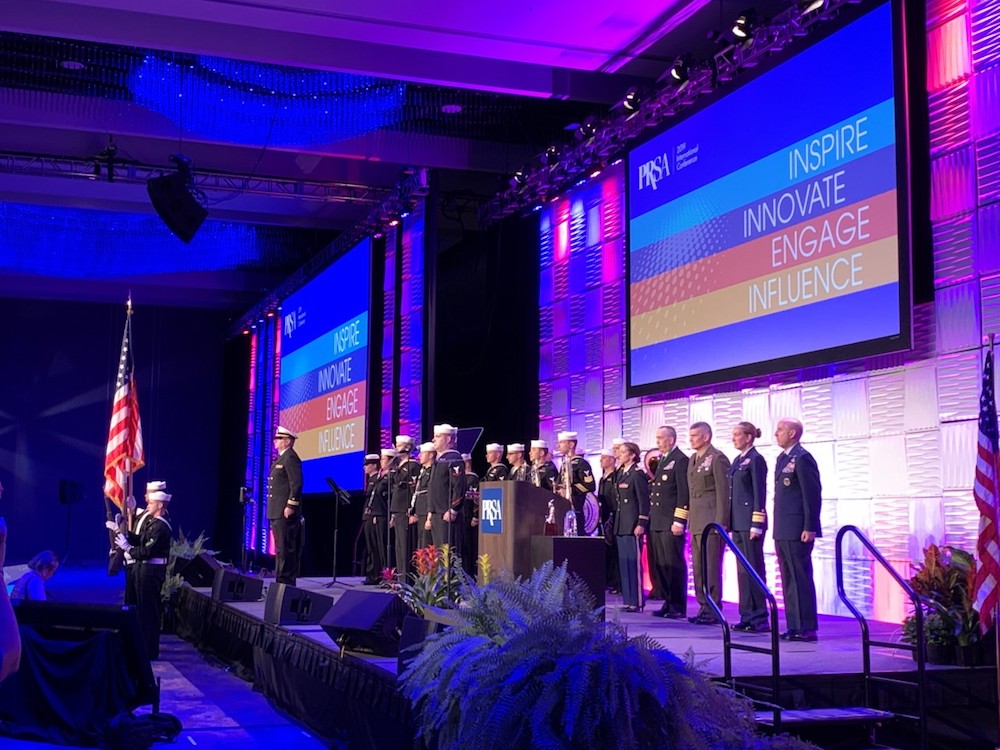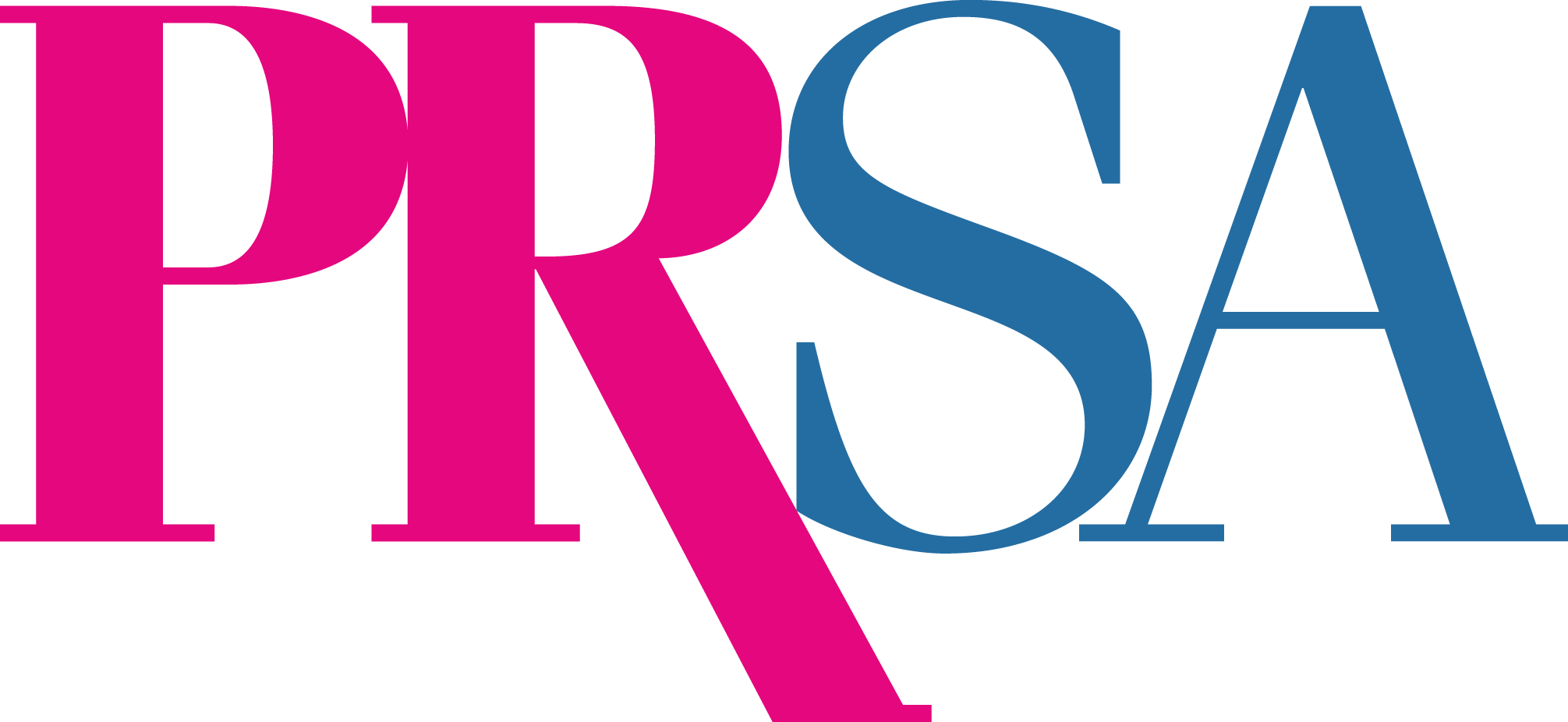Military Communicators on Unified Storytelling
By Dean Essner
December 2019
On Oct. 20, attendees were treated to a thought-provoking panel on the experiences, challenges and best practices of military communicators.
“You have to talk to people where they are — in the language that they use and the channels that they’re on,” said Brig. Gen. Robert Hastings, APR+M, Fellow PRSA, past assistant secretary of defense, public affairs, who also moderated the chat. Here are a few takeaways from the discussion.
• On the importance of the truth: “The information environment we have now puts a challenge on us. We have the burden of truth. We have to make sure what we’re doing is truthful, forthright, meaningful and accurate.”
— Capt. Brook DeWalt, APR+M, Fellow PRSA, U.S. Navy, director of public affairs operations, Office of the Secretary of Defense
• On the role of communications: “We cannot afford to be disconnected from the people we serve. Last year’s defense budget was about $700 billion, and we need to be able to show you why that is important.”
— Brig. Gen. Edward Thomas, chief of public affairs, U.S. Air Force
• On creating a unified message: “[You can] keep people on message by having monthly communication synchronization meetings where you ask, ‘What are strategic opportunities?’”
— Col. Kathleen Turner, media relations chief, U.S. Army
• On storytelling: “We ask every Coast Guard man and woman to tell their story. We’re bureaucratically multilingual; wherever we are, we work with whomever it is we need to work with.”
— Rear Adm. Melissa Bert, director of government and public affairs, U.S. Coast Guard
• On military values: “Values like honesty, fairness and truth guide what we do. We must support the right to free expression and freedom of speech.”
— Brig. Gen. Sean M. Salene, director of communication, U.S. Marine Corps
photo credit: albert chau



